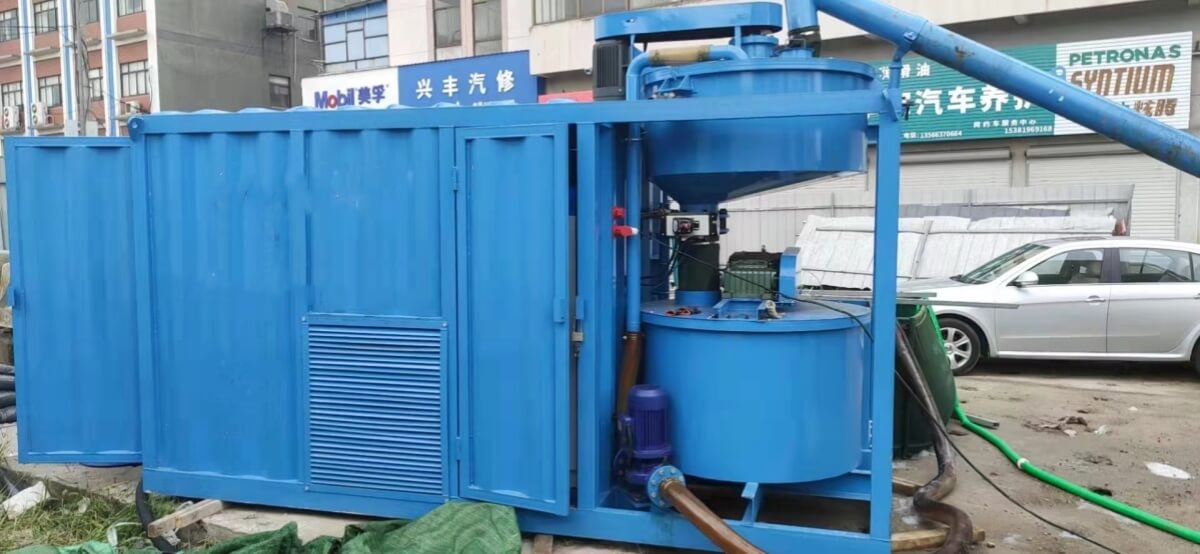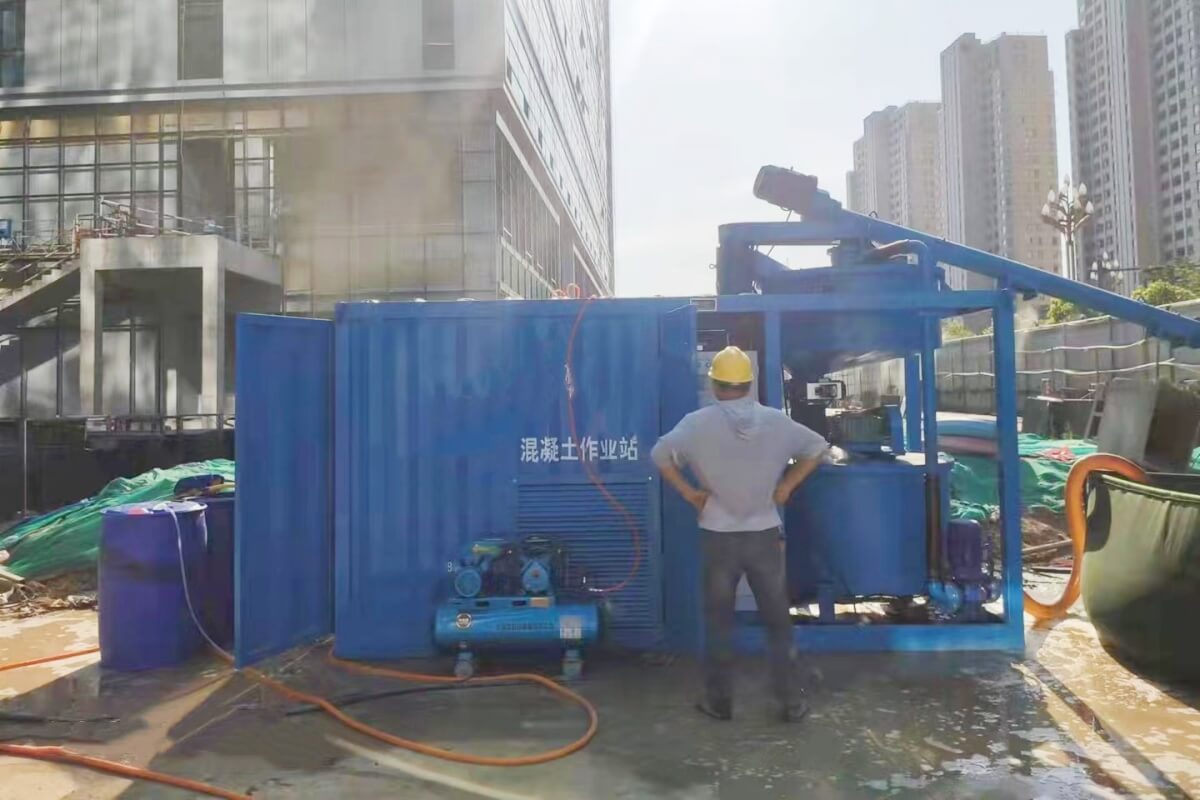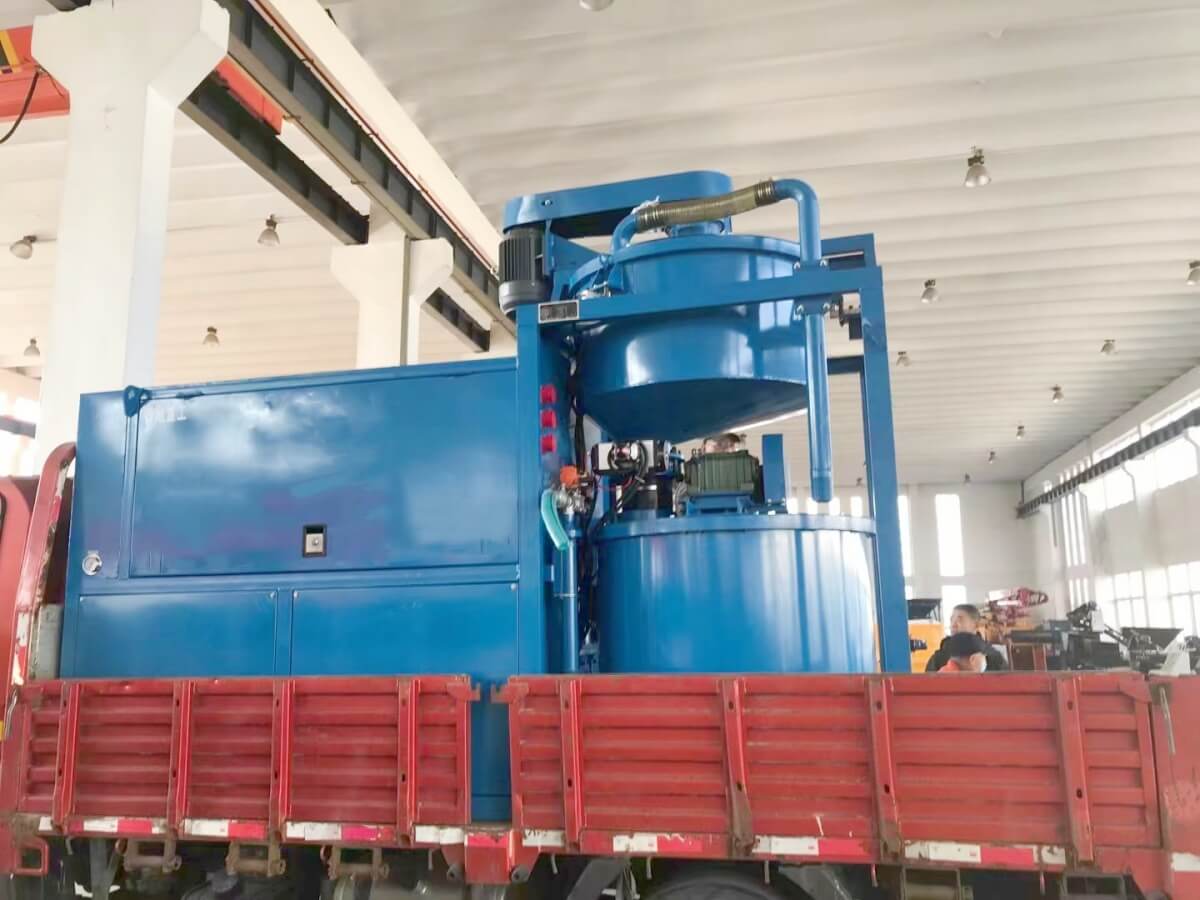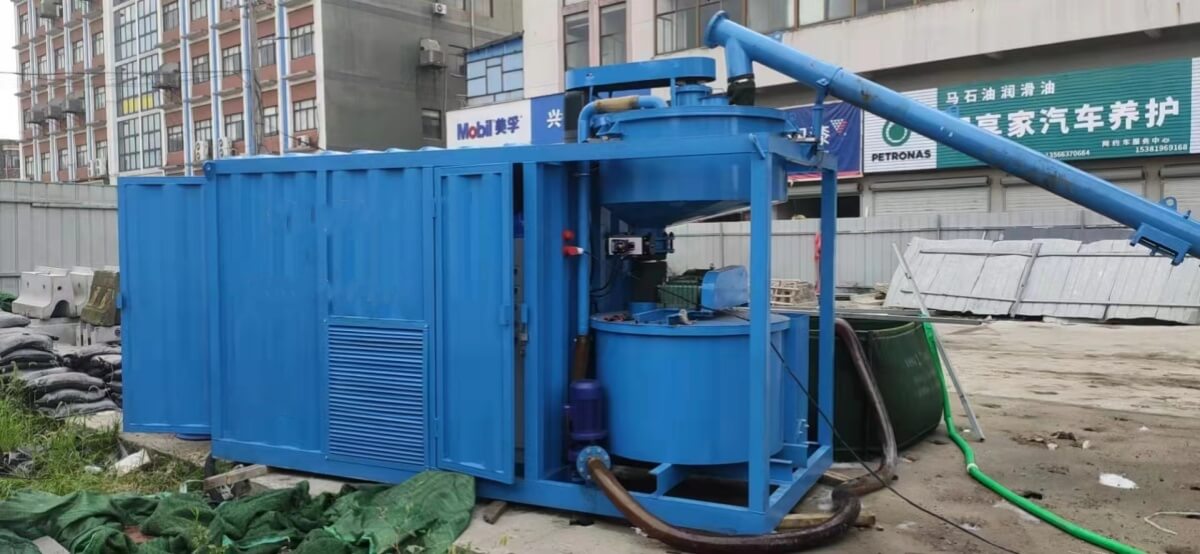Home » Foam concrete machine » Foam concrete plant for road & bridge construction
Foam concrete plant for road & bridge construction
A foam concrete plant for road and bridge construction is a critical investment for modern infrastructure projects. Its ability to produce lightweight, durable, and cost-effective materials makes it indispensable in projects requiring rapid construction, minimal environmental impact, and long-term performance.
Contact Us
Get Price
Share:
Content 2025-04-17
Foam concrete plant plays a big role in road and bridge construction.
1. Key Features of Foam Concrete in Road & Bridge Construction
- Lightweight: Reduces vertical and lateral loads on structures, enabling faster construction and lower material costs.
- High Flowability: Self-leveling and pumpable over long distances, ideal for filling narrow or irregular spaces.
- Excellent Compaction: Forms a dense, homogeneous mass with minimal voids, ensuring structural integrity.
- Thermal Insulation: Improves energy efficiency in bridge decks and reduces frost heave in roadways.
- Durability: Resistant to freeze-thaw cycles, chemical corrosion, and moisture, minimizing long-term maintenance.
2. Foam concrete plant applications in Road Construction
- Subgrade Stabilization: Used in soft soil areas to reduce settlement and improve load-bearing capacity.
- Embankment Filling: Enables vertical fill without sloping, reducing land acquisition and excavation costs.
- Trench Backfilling: Ideal for utility trenches, ensuring rapid reinstatement and minimal disruption to traffic.
- Slope Protection: Provides erosion control and stability on steep slopes.
3. Foam concrete plant applications in Bridge Construction
- Abutment Backfill: Minimizes lateral pressure on retaining structures, reducing the risk of settlement.
- Pier and Foundation Filling: Lightweight backfill reduces stress on bridge foundations, enhancing longevity.
- Approach Slabs: Used to bridge the gap between bridge and road surfaces, preventing “bridge jumps” and improving ride quality.
- Expansion Joints: Acts as a compressible material to accommodate thermal and structural movements.
4. Technical Considerations
- Density Control: Adjustable density (typically 300–1,600 kg/m³) allows customization for specific applications (e.g., 400–800 kg/m³ for road embankments, 800–1,200 kg/m³ for bridge structures).
- Mix Design: Requires precise formulation of cement, water, foam, and additives to achieve desired strength (typically 0.5–15 MPa) and workability.
- Curing: Proper curing (e.g., steam or moist curing) is essential to ensure strength development and durability.
5. Advantages of foam concrete plant in Road & Bridge Construction
- Cost-Effectiveness: Reduces material and labor costs by enabling faster construction and minimizing structural reinforcement.
- Sustainability: Utilizes industrial by-products (e.g., fly ash) as raw materials, promoting circular economy practices.
- Reduced Environmental Impact: Minimizes excavation, land use, and carbon footprint compared to traditional fill materials.
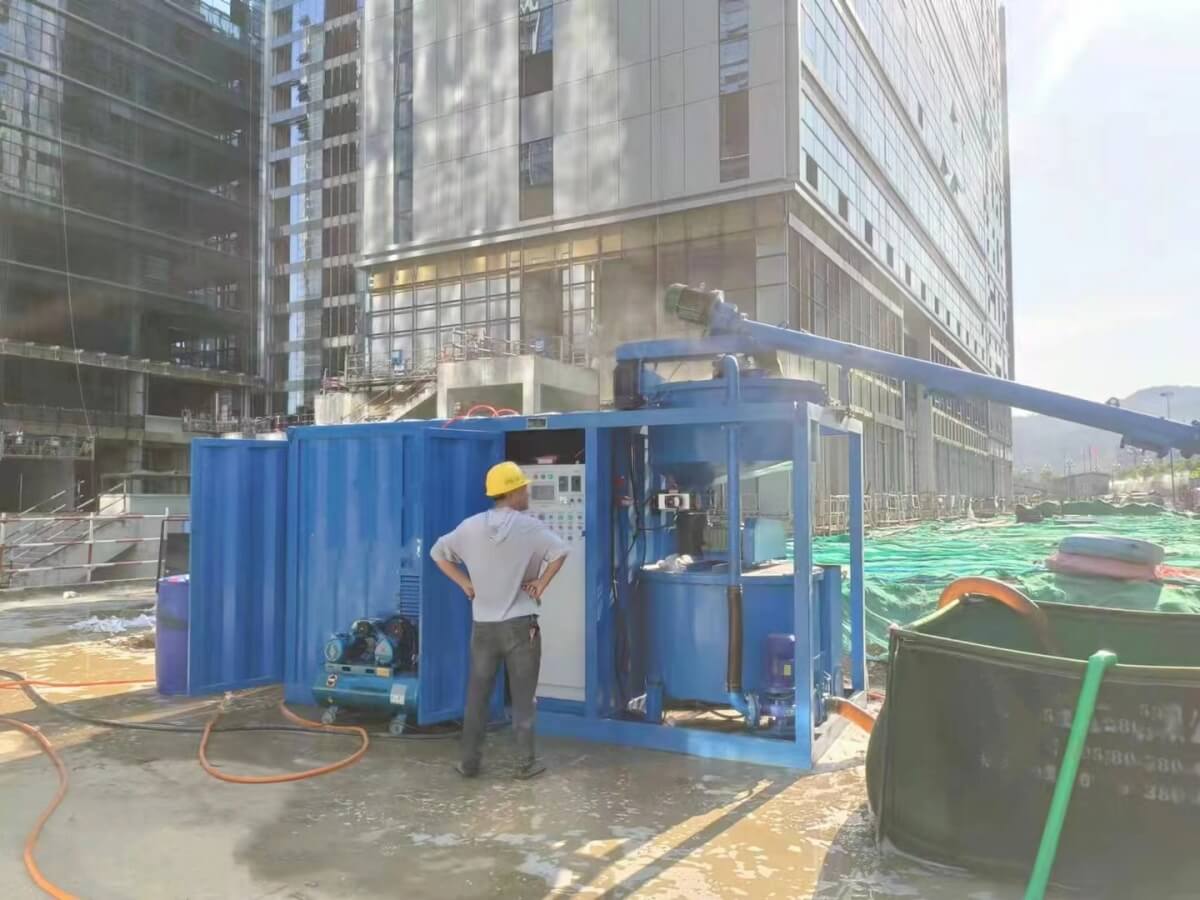
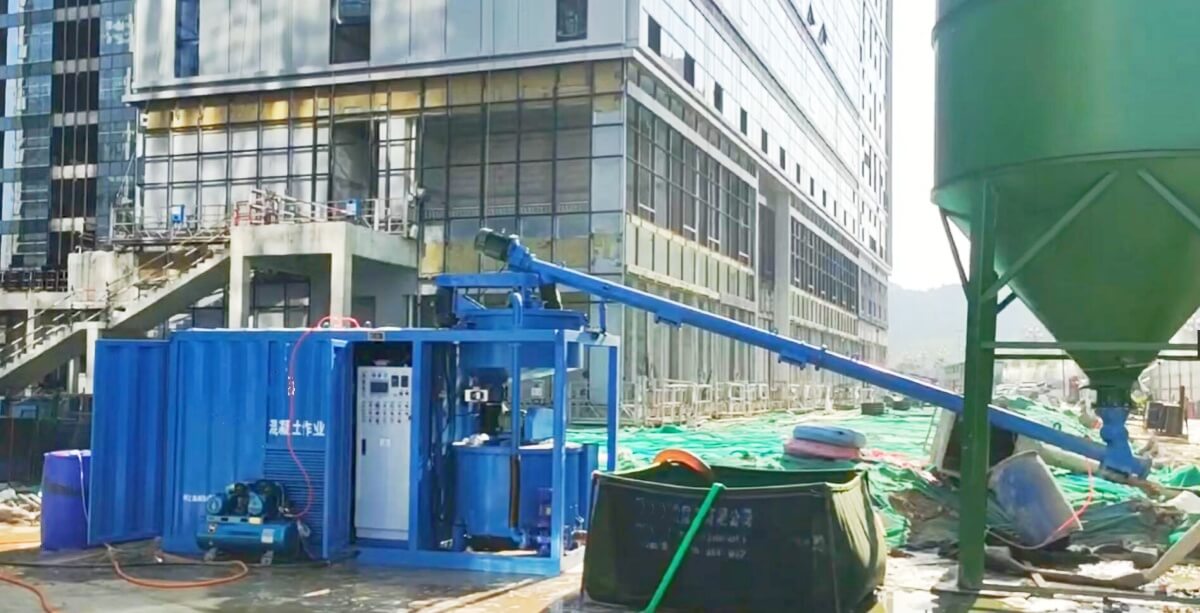
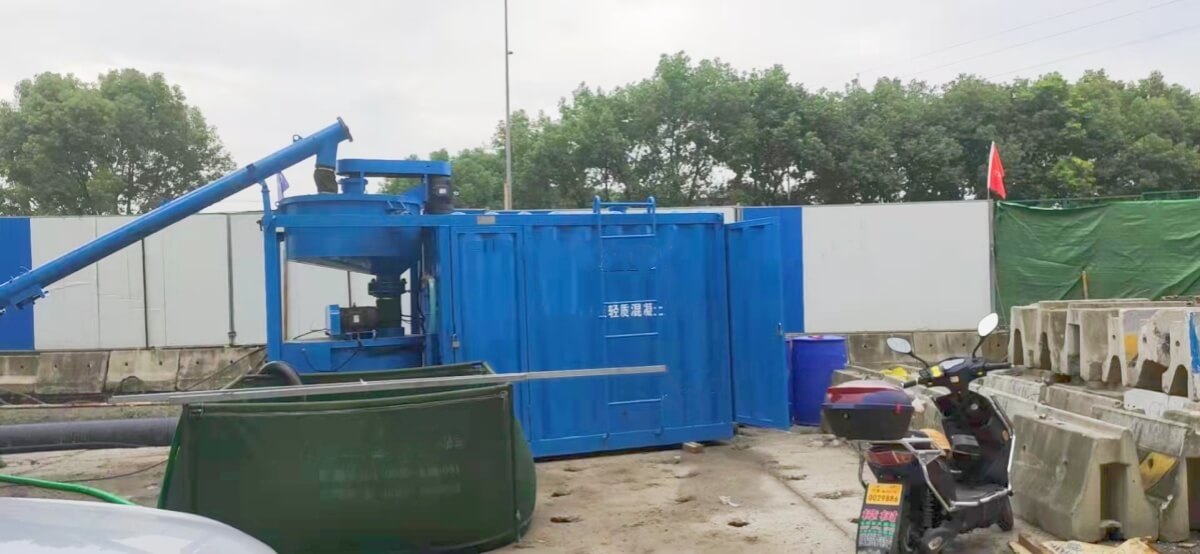
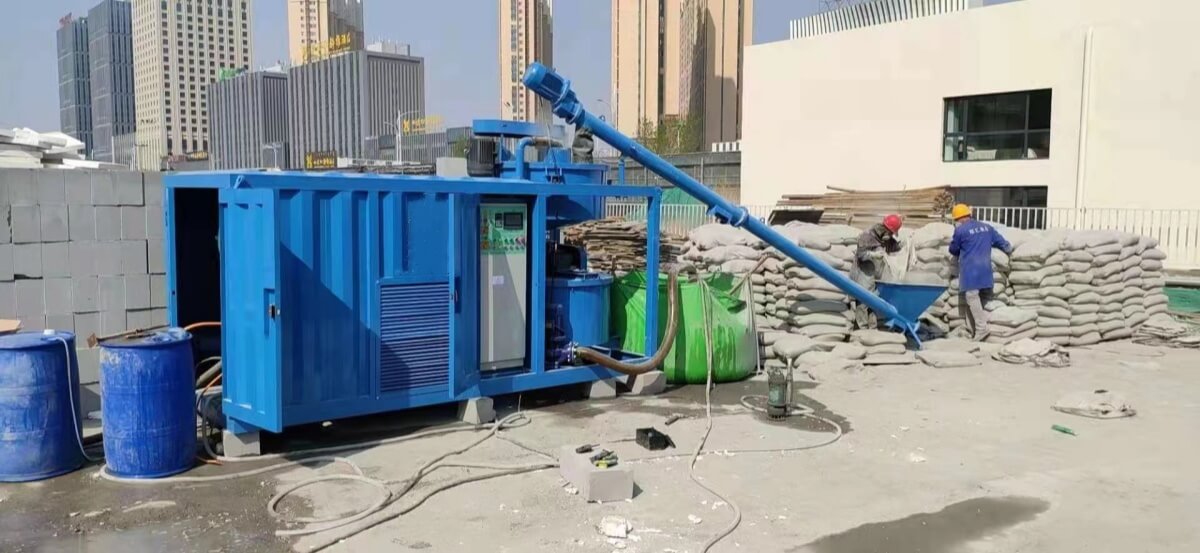
Inquiry
More Foam concrete machine

